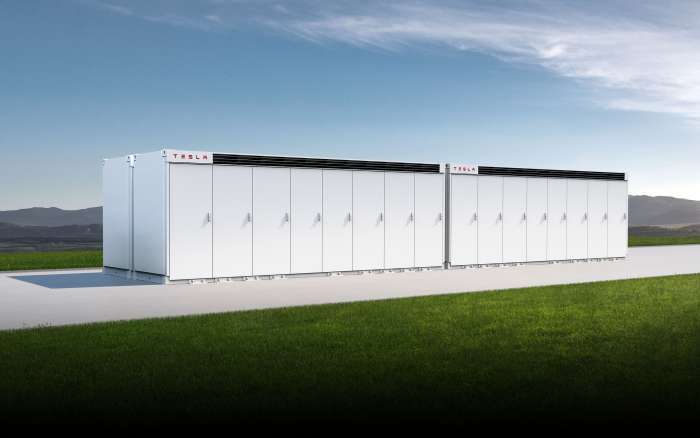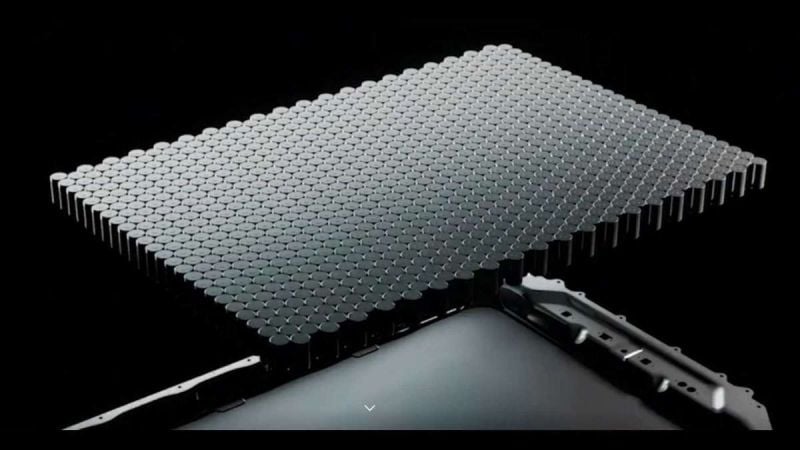Although there are enough worldwide resources to meet the demand for lithium in the coming years, some analysts fear that lack of investment - primarily - could lead to a certain shortage in the medium term, since the extraction capacity in the industry has not grown at the necessary rates in the last few years, according to the most recent data.
For this reason, IDTechEx forecasts a significant growth in the demand for sodium batteries, especially in those applications in which high energy densities are not strictly necessary (stationary energy storage systems, low-cost electric vehicles, etc.).
These types of batteries do without materials such as cobalt in the cathode. In addition, sodium does not electro-chemically alloy with aluminum at room temperature, which makes it possible to replace the copper current collector at the anode with a considerably less expensive aluminum collector; this in turn increases safety rates, since the cells can actually be transported uncharged.

Three main families of cathode materials for sodium batteries are currently being heavily researched: layered metal oxides, polyanionic compounds, and “Prussian blue” analogues. These chemistries, which are being developed respectively by companies such as Faradion (UK), Tiamat (France) or Natron (USA), are in fact suitable for a wide variety of applications.
The layered oxides of transition metals have a structure that allows reversible insertion of sodium. Its main advantage is its low molecular weight, which translates into a high specific capacity; however, they suffer from having a certain structural instability (especially at high voltages), which is why they have a somehow low capacity in terms of cycles.
Polyanionic materials have lower capacity due to their higher molecular weight, as well as low conductivity, but in return they offer higher voltage and better structural stability. Prussian blue analogues are the most affordable alternative, but suffer from a low volumetric energy density as compared to the first option.
Which of the three is the best investment, then? That depends on the specific application and requirements of each project. As explained before, layered metal oxides offer high specific capacity but may have lower cycle life; polyanionic materials provide high voltage and structural stability at the expense of lower capacity and conductivity; while Prussian blue analogues are an affordable option with lower volumetric energy density.

It's essential to consider factors such as cost, performance, safety, and sustainability to determine the most suitable use - or investment - for a particular application. Research, development, and innovations in these materials will likely continue to shape the future of sodium battery technology, making it more accessible for various industries and applications.
Sodium batteries indeed present a promising alternative to lithium-ion batteries due to their sustainability, affordability, and potential for wide-ranging applications. While each cathode material—layered metal oxides, polyanionic compounds, and Prussian blue analogues—has its own advantages and drawbacks, determining the ideal choice depends on the specific projects and their unique requirements. Continuous research, development, and innovation within the sodium battery industry are expected to advance the technology further, opening up new possibilities and opportunities for greener, more cost-effective energy storage systems and electric vehicles.
Source: IDTechEX
All images courtesy of Tesla Inc.
Nico Caballero specializes in Data Analytics and solar energy. He also holds a Diploma in Electric Cars from Delft University of Technology in the Netherlands, and enjoys doing research about Tesla and EV batteries. He can be reached at @NicoTorqueNews on Twitter. Nico covers Tesla and electric vehicle latest happenings at Torque News.












